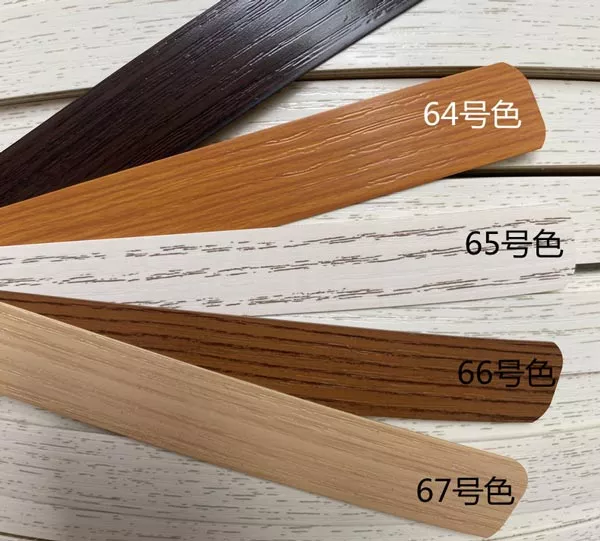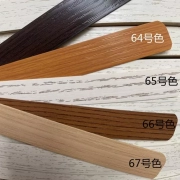
When trimming edge banding, it is best to tilt the handle of the razor knife. This will prevent the blade from cutting into the edge banding. If you want to trim the edge banding flush, you can use a piece of cardboard as a temporary guide. To make the edge banding flush, sand it. However, if you’d like the banding to remain a little bit proud, you can temporarily tack it to the side of the guide.
Tip
There are several methods for trimming edge banding, but one of the best is to use a knife with a handle that tilts in the opposite direction of the grain. This will prevent the edge banding from curling. You can also temporarily tack the edge banding to a piece of cardboard so it remains proud of the workpiece. Once you’ve finished, sand the edge banding flush.
First, line up the edge trimmer with the edge of the plywood. Then, cut the edge banding as close to the plywood as possible with downward pressure. Repeat the process on the other side. Once the edge banding is cut, check for splice lines. Splice lines occur randomly throughout the roll and are mostly invisible when you apply clear coat. However, stains can cause them to be visible.
Technique
If you want to create a perfect, smooth edge to your wood paneling, you must learn how to trim the edge banding properly. Here’s a step-by-step technique. First, start with the side that isn’t visible. For example, if your panel is rectangular, edge band the four corners first. Then, make a second pass to trim off the extra banding. This way, you can hide the corner joints.
Next, use a sharp chisel or knife to trim the excess banding flush. Use short strokes and press the tool against the face of the panel while sliding it along the edge of the panel. Ideally, you should cut with the grain of the wood. Otherwise, you’ll tear the grain out. This technique is also effective with flush cutting router bits. To get the best results, make sure you place the panel on an edge.
Tools
There are several tools available for trimming edge banding. These tools are made from Pvc material and are easily operated. They work well on plastic or flexible materials such as wood veneer. They come with two sets of blades. You can replace the original blades with these tools if they break or get worn out. They are very useful for removing excess edge banding on panels. They are necessary tools in any woodworking shop. Edge banding can be installed using a steam iron or by cutting it with a utility knife. Heat-activated edge banding comes in black, almond, white, and gray, which is useful for finishing different kinds of wood. Common widths are 11/2″, 1″, and 2″ and will cover most face-veneer panel edges. When installing edge banding, leave a 1/16″ overhang on each side.
Materials
When trimming edges of flooring, you can use a variety of different materials to achieve the right look. Wood veneer edge banding is one example. Wood veneer is made of thin slices of wood, which are applied to the edges of the floor. They are available in oak, maple, mahogany, and walnut, and are applied to the long edges of the boards. The materials used to apply these edge bandings vary, and they must be matched to avoid the appearance of an uneven edge.
Wood-based edgebanding is often made of polypropylene, a synthetic material made from petroleum. It is odorless, completely recyclable, and neutral to the environment. Plastic-based edge banding is also common. It is available in widths ranging from 13/16-in. to two-in. For example, if you plan to install edge banding on 3/4-in. plywood, you’ll need an edge banding that is either 13/16-in. or 7/8-in.
Finishing
Once the wood veneer is installed, the next step in the edge banding process is applying glue. Heat the glue to the correct temperature so that it can penetrate the veneer. A scrap block of wood or commercial rollers work well for this purpose. The glue should be pressed into the wood as deeply as possible with the rollers. Glue should be applied with pressure, pressing the veneer firmly along the flat surface of the board.
When finishing edge banding, you should use a special tool for this. The tool is available from Woodcraft or online. Using it will make your edges flush with the plywood. Once the glue is applied, reheat the wood by ironing it for 45 seconds. It is recommended that you apply more than one coat of adhesive to ensure a smooth finish. To apply a thicker one, make sure the surface is completely dry.




Leave a Reply
Want to join the discussion?Feel free to contribute!